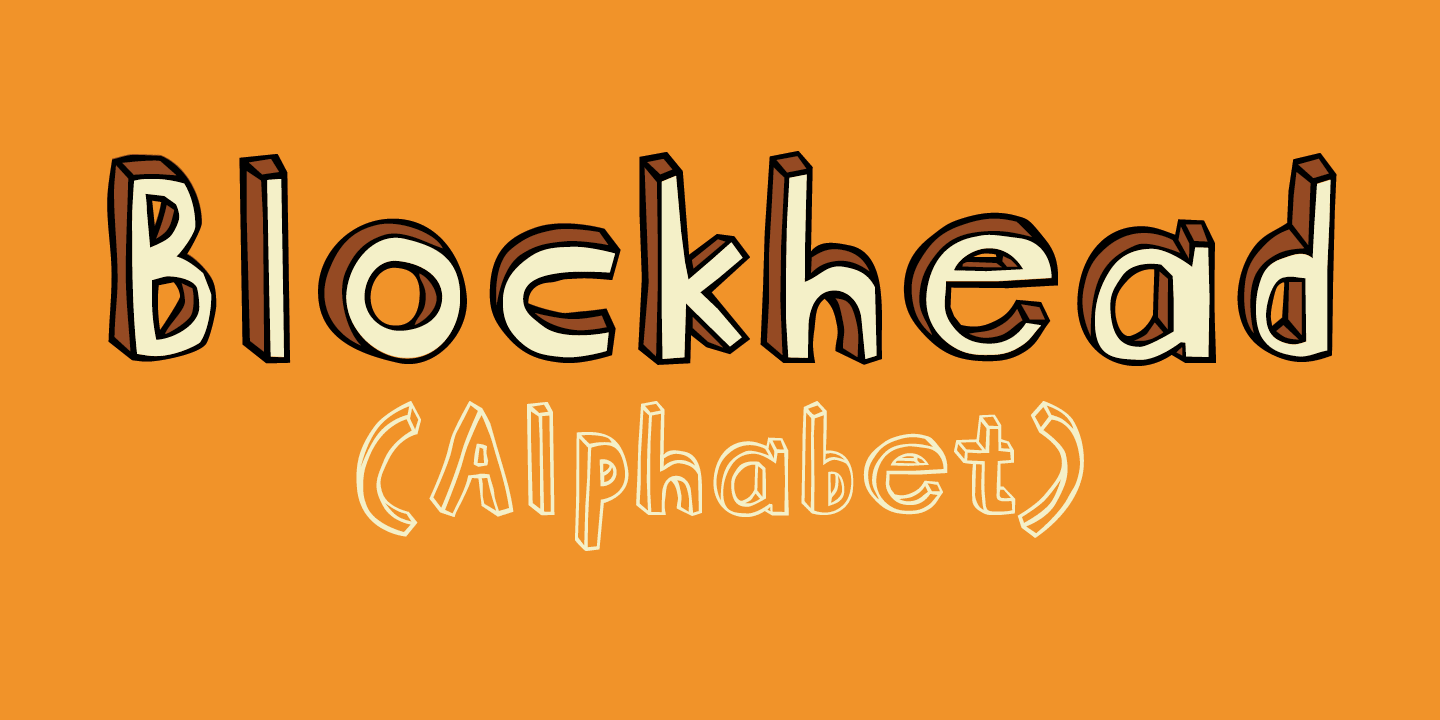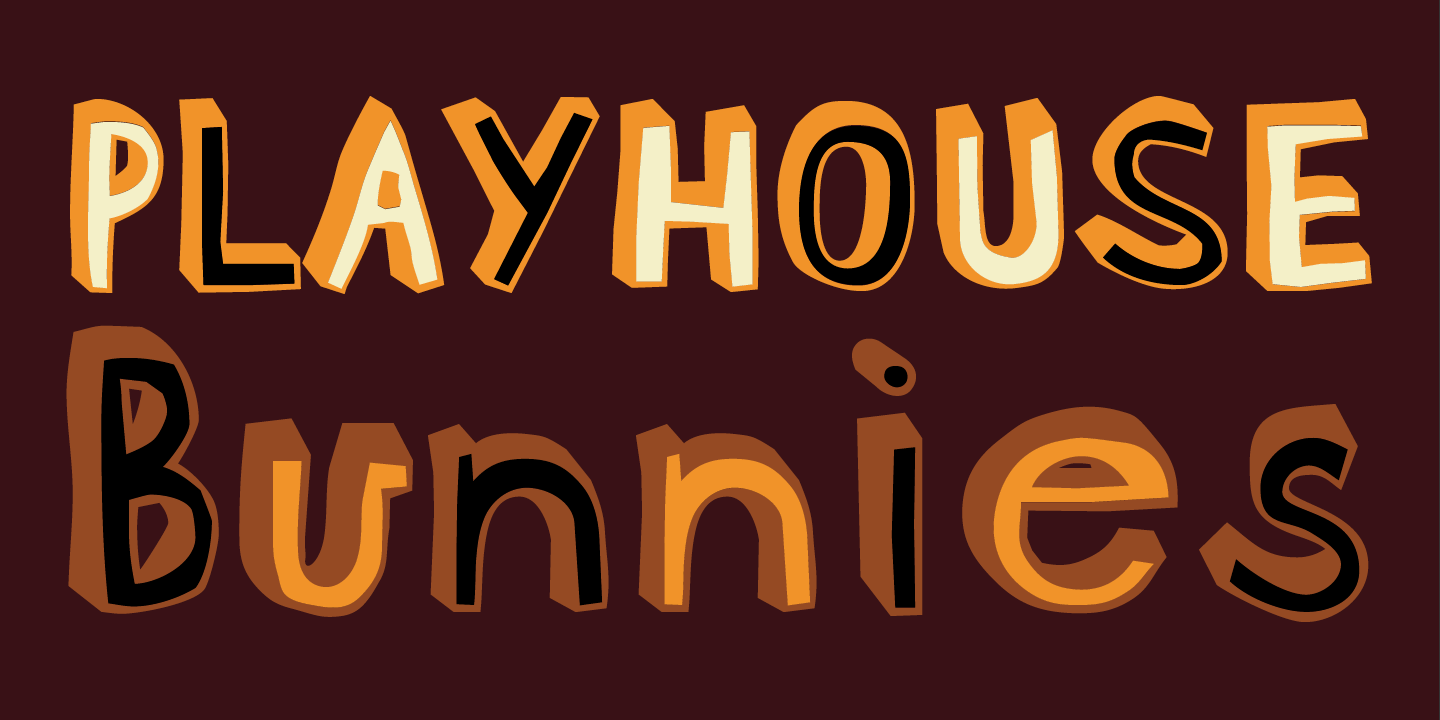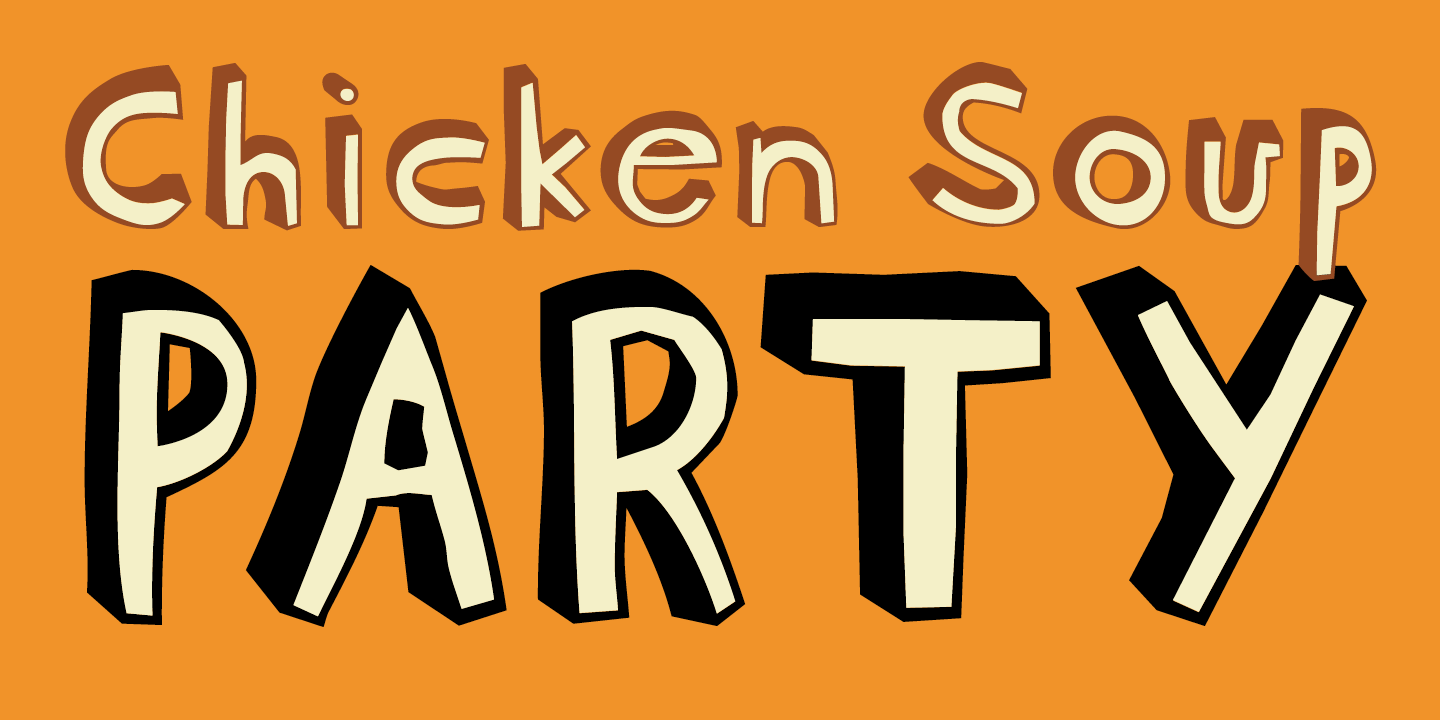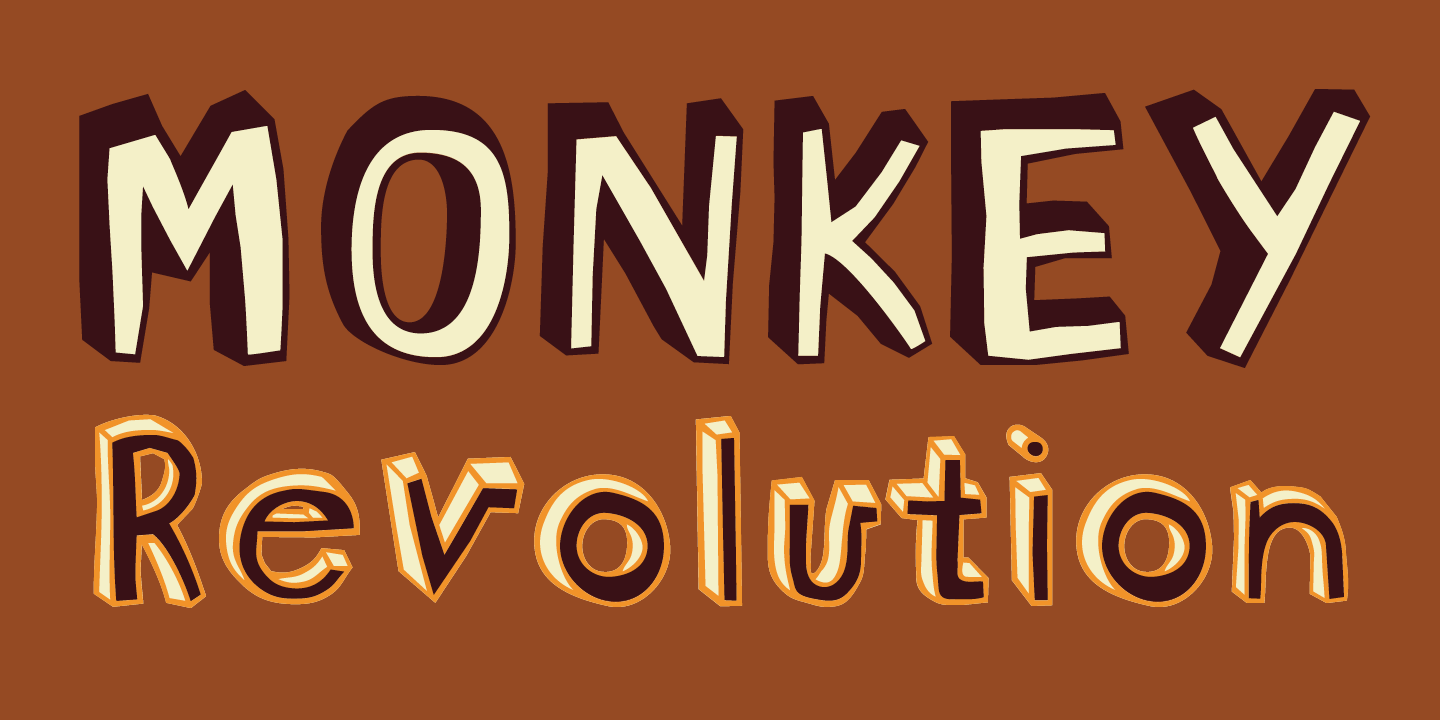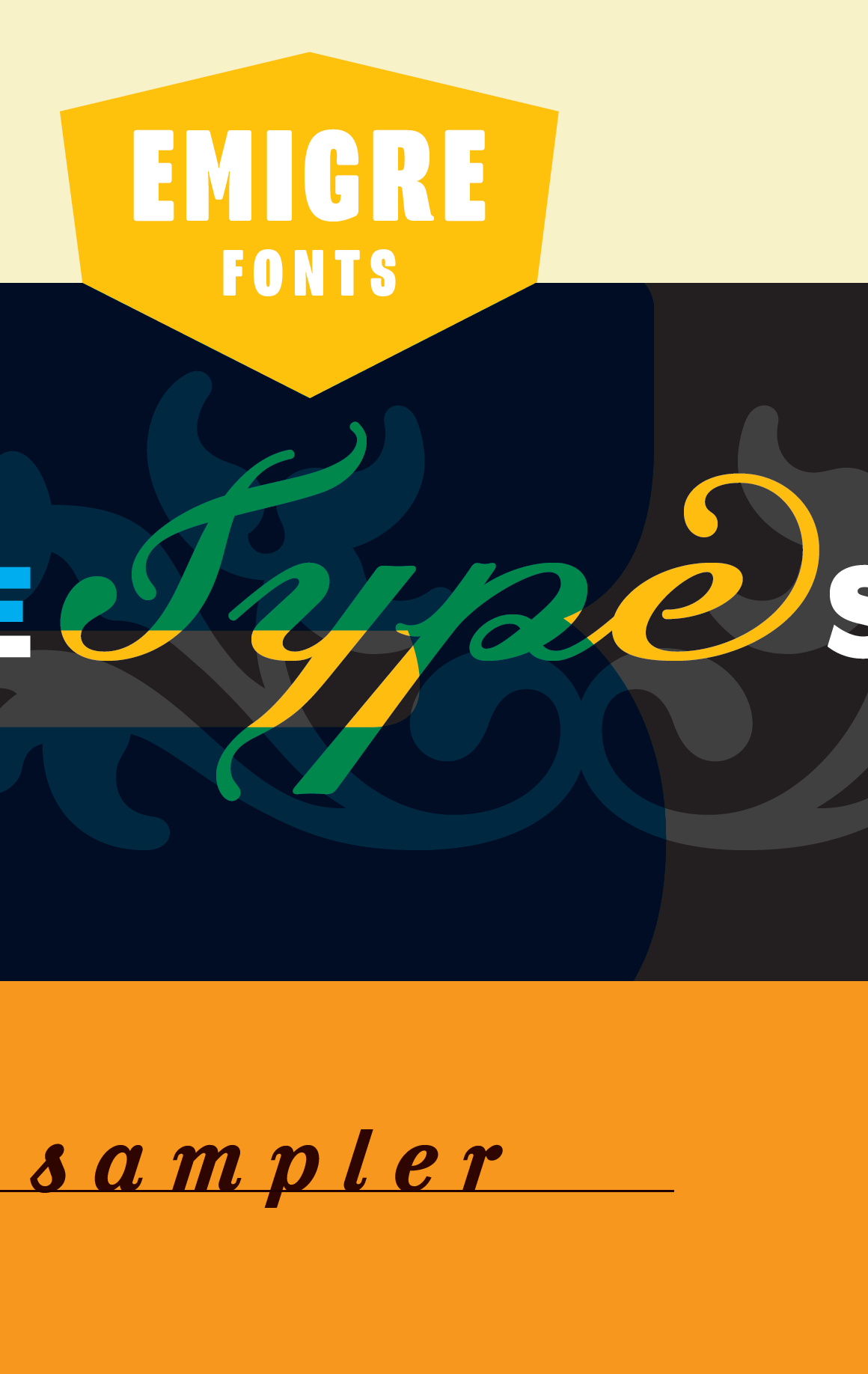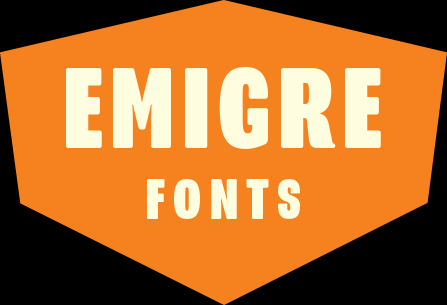All typography is an arrangement of elements in two dimensions. The right placing of words and lines is as important as the creation of significant and effective contrasts, and is an integral part of it. As type today stands by itself, without the addition of ornament, we have become more sensitive to it not only as words and lines, but as part of the design of a page. The sizes and weights of type used depend first and foremost on the contents, but almost always we have scope to choose a larger or smaller size or to alter the graphic appearance of some of the lines. A line need not be full out to the left but may be moved a little or a lot to the right. Here begins true design, the shaping of the graphic form.
Every shape exists only in relation to the space around it. The same line has a totally different effect in a large or small area of white space. In either case the line can be so placed to achieve the best effect; but the placing and its overall effect will probably be quite different in each case. It follows that there is a “right” position for every shape on every occasion. If we succeed in finding that position we have done our job.
Jan Tschichold, Basle 1935.
All typography is an arrangement of elements in two dimensions. The right placing of words and lines is as important as the creation of significant and effective contrasts, and is an integral part of it. As type today stands by itself, without the addition of ornament, we have become more sensitive to it not only as words and lines, but as part of the design of a page. The sizes and weights of type used depend first and foremost on the contents, but almost always we have scope to choose a larger or smaller size or to alter the graphic appearance of some of the lines. A line need not be full out to the left but may be moved a little or a lot to the right. Here begins true design, the shaping of the graphic form.
Every shape exists only in relation to the space around it. The same line has a totally different effect in a large or small area of white space. In either case the line can be so placed to achieve the best effect; but the placing and its overall effect will probably be quite different in each case. It follows that there is a “right” position for every shape on every occasion. If we succeed in finding that position we have done our job.
Jan Tschichold, Basle 1935.
